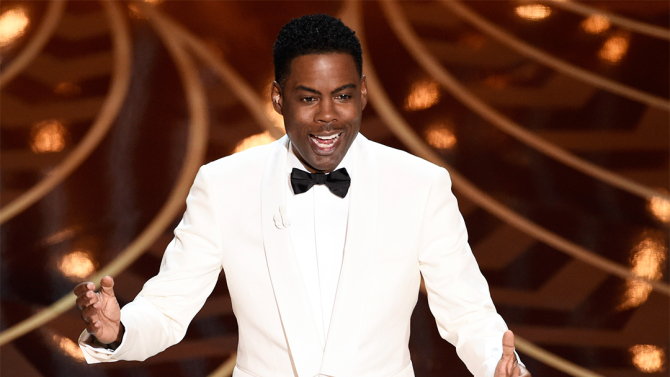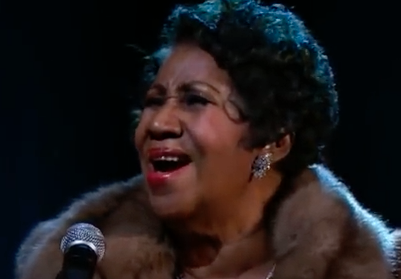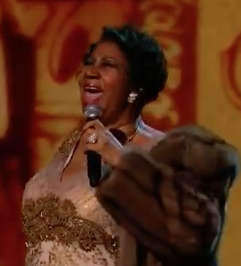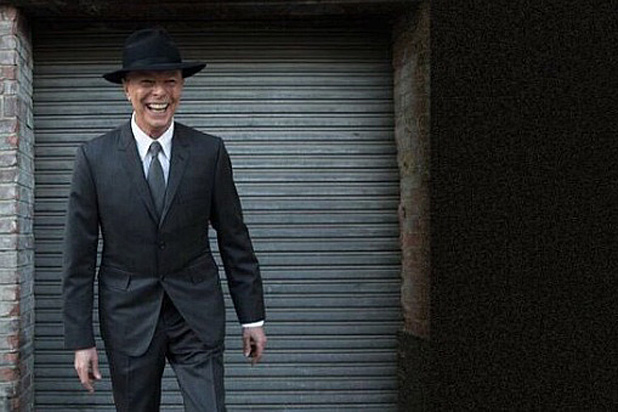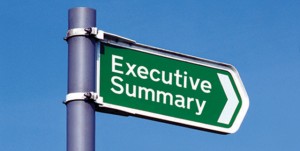 If you want to gain the respect of upper management, communicate with them the way they expect. Deliver information to the C-suite in a format they are accustomed to: The Executive Summary. Make it a point to get to the point quickly and deliver information in a clear, concise way.
If you want to gain the respect of upper management, communicate with them the way they expect. Deliver information to the C-suite in a format they are accustomed to: The Executive Summary. Make it a point to get to the point quickly and deliver information in a clear, concise way.
Traditionally, an Executive Summary accompanies a larger written document. It provides, at a quick glance, the essence of the core message. It can be as small as a few paragraphs or as expansive as a page or two.
Treat every executive communication, whether verbal or written, as an Executive Summary. When you deliver information in an Executive Summary format, you will get to the point more quickly, your message will be clearer, and you will get invited back to future meetings because senior management will appreciate your brevity.
An executive wants to know three things when you meet:
1. Why are you here? (What’s the purpose of our meeting?)
2. What information do you have to share? and
3. What specifically do you need from me?
It’s that simple. Cater to the way the C-suite thinks.
Use this outline as a template:
Identify why you are there. What is happening? Provide an appropriate set-up. Are you there to:
- Share results of an important study?
- Take a project in a different direction?
- Request more resources?
- Share a brilliant idea that will save the company money?
- Provide a project update?
State your case and share supportive information. Do not…I repeat…do not do a data dump. In the most direct, concise manner, tell the executive what you would like to do. What information are you sharing and why? How does it back up the case you have just presented?
Mention specifically what you need. Do you need:
Money?
Additional staff?
An endorsement?
A consideration?
Approval?
Here’s a brief example. The Vice President of Human Resources is meeting with the CEO:
Why you’re there: Changes in the federal healthcare laws require greater compliance from our company. This is a top priority for all of us. Our current HR staff is not equipped to fully monitor these requirements while juggling their current job responsibilities.
State your case: I am recommending the addition of one full-time employee to the HR department to focus on the new federal compliance laws. That would mean an additional $95,000 in the department budget to cover salary and benefits for this new position.
Share information: Companies like ours are pursuing additional staff support. This salary is comparable to what other companies our size are doing. This separate document outlines everything for you (capture details in a leave behind printed document).
What you specifically need from the executive: I would appreciate your consideration and immediate approval to create this new position so I can begin interviewing, and hiring, a new staff person by June 1.
Of course, you will be prepared for the executive to ask questions as you present information. Whether they tell you or show you nonverbally, there is one thing on the minds of executives: “Get to the point.”
When you assume a higher level of leadership with greater responsibilities, you must elevate your presentation style and communication skills when working with the C-suite. Learn to think like executives and communicate in a format they are already accustomed to: The Executive Summary.


